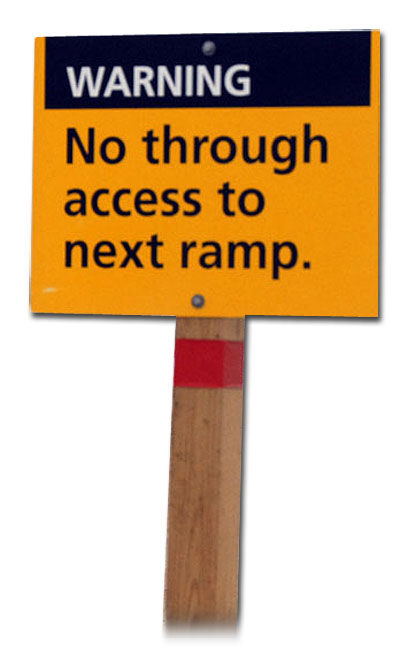According to a news release, access organizations are conducting a comprehensive analysis of the Final Environmental Impact Statement (FEIS) for the Cape Hatteras National Seashore Recreational Area, released by the National Park Service on Nov. 15.
The Outer Banks Preservation Association (OBPA), North Carolina Beach Buggy Association (NCBBA), the Cape Hatteras Anglers Club and others are currently evaluating the massive FEIS document, which contains more than 1,000 pages.
In the FEIS, the National Park Service cites Alternative F as its preferred plan for managing access to the seashore for the next 10 to 15 years.
“Following a preliminary review of the FEIS, access organizations believe it (Alternative F) misapplies visitation use within the seashore and places a heavy economic burden on the local community and visiting population,” OBPA president John Couch said. “The expanded closures in Alternative F will forever close untenable portions of this recreational area and deny access to the aged, disabled, handicapped and very young visitors.”
The enabling legislation that established America’s first national seashore in 1937 directed the Park Service to fulfill a dual mandate of protecting natural resources while promoting present and future recreational opportunities.
Couch explained, “Alternative F calls for overreaching resource protection and most importantly places a cloud of economic uncertainty upon the citizens of Dare and Hyde counties. The Pea Island Wildlife Refuge, located within the seashore, contains an additional 13 miles of resource and wilderness protection and should be included as part of the Cape Hatteras National Seashore Recreational Area visitor experience.”
Access organizations called upon the National Park Service to reconsider the economic impact data to avoid leading the state of North Carolina down “a destructive path of economic uncertainty.”
Couch added, “We can all share in North Carolina’s most treasured assets and fully support resource protection that is based on peer-reviewed science while balancing the mandate for reasonable recreational access.”
Next, the National Park Service will release a Record of Decision on the FEIS and then publish a proposed ORV rule, which will be followed by a 60-day period for public comments.
Couch concluded, “We must all prepare to make public comments on the ORV Rule as soon as it is released. This could be the last opportunity for the public to speak out in favor of access.”
Visit www.OBPA.org for more information and how you can help.
Subject
Name
(required, will not be published)
(required, will not be published)
City :
State :
Your Comments:
May be posted on the Letters to the Editor page at the discretion of the editor.
May be posted on the Letters to the Editor page at the discretion of the editor.
May be posted on the Letters to the Editor page at the discretion of the editor.
May be posted on the Letters to the Editor page at the discretion of the editor.









